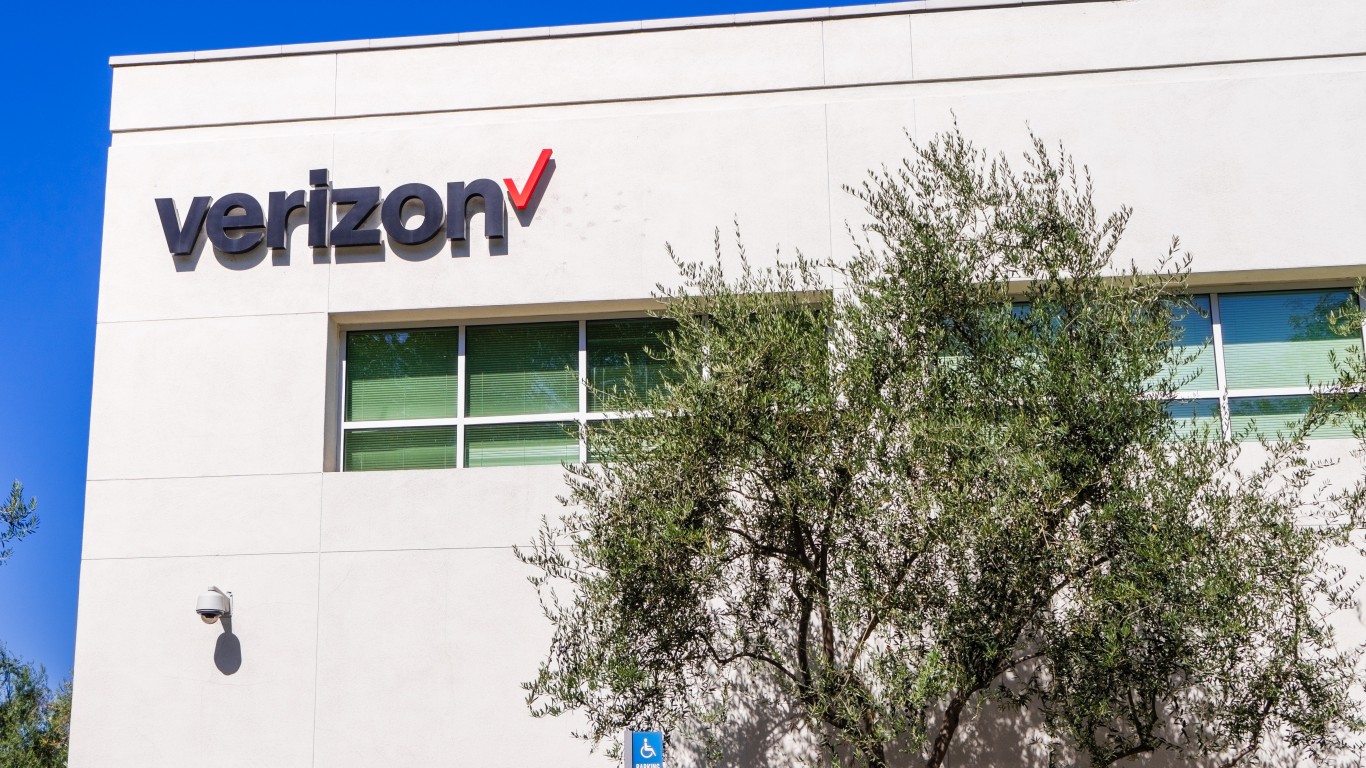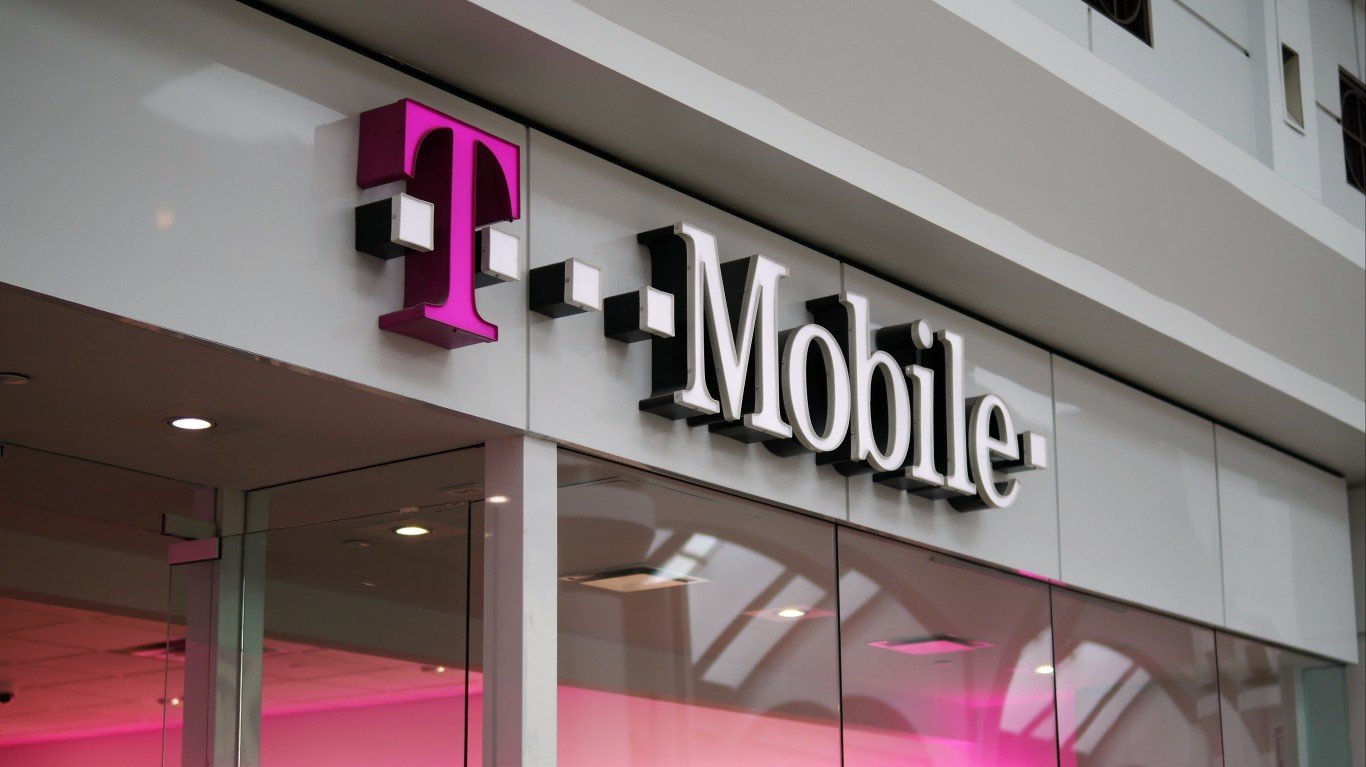

When T-Mobile US Inc. (NASDAQ: TMUS) reported second-quarter 2018 results after markets closed Thursday, the telecom carrier posted earnings per share (EPS) of $0.09 on revenues of $17.7 billion. In the same period a year ago, the company reported EPS of $1.09 on revenues of $11.0 billion. Second-quarter results also compare to the consensus estimates for EPS of $0.07 and $17.6 billion in revenues.
According to T-Mobile, the company became the country’s second-largest wireless provider in the quarter based on a total of 98.3 million customers. In the prior-year quarter, T-Mobile reported 65.98 million customers in the second quarter of 2019, but the total did not include customers gained from the merger with Sprint that closed on April 1 of this year.
Verizon Communications Inc. (NYSE: VZ) reported 119.9 million subscribers in the second quarter and AT&T Inc. (NYSE: T) reported 92.9 million.
Net customer additions totaled 1.25 million, including 253,000 net postpaid (contract) phone customer additions and 859,000 other net additions, primarily business customers. Prepaid net customer additions totaled 133,000. Postpaid customer churn came in at 0.8%, and prepaid customer churn totaled 2.81%.
The 1.11 million total new postpaid customers exceeded even the most optimistic analyst estimate for new customers. Because T-Mobile did not offer pro forma results, making comparisons with last year does not reveal much and second-quarter financial estimates were largely educated guesses.
In its outlook for the second half of the year, T-Mobile said it expects net postpaid customer additions to total between 1.7 million and 1.9 million. Adjusted earnings before interest, taxes, depreciation and amortization (EBITDA) for the six months is forecast in a range of $12.4 billion to $12.7 billion.
In addition to merger and integration costs of $798 million in the second quarter, the company expects another $800 million to $1 billion for the second half of the year. These costs are excluded from adjusted EBITDA.
Net cash from operations in the quarter totaled $777 million, including a $2.3 billion payment to settle interest rate swaps related to the Sprint merger. T-Mobile expects net cash from operations in a range of $5.3 billion to $5.7 billion for the rest of the year.
Free cash flow for the second half of the year is forecast at $300 million to $500 million. Excluding the payment to settle the interest rate swaps, free cash flow in the second quarter totaled $1.4 billion.
CEO Mike Sievert said the company is “setting our sights on being #1” and it plans to achieve that goal by offering customers the most advanced 5G network and “the best value while continuing to make big moves that fix customer pain points and disrupt this industry.”
Investors seem to think T-Mobile is off to a good start. Shares traded up about 5% in Friday’s premarket to $113.50, above the 52-week range of $63.50 to $111.58. The consensus price target on the stock is $116.50. T-Mobile does not pay a dividend.
Sponsored: Want to Retire Early? Start Here
Want retirement to come a few years earlier than you’d planned? Orare you ready to retire now, but want an extra set of eyes on your finances?
Now you can speak with up to 3 financial experts in your area for FREE. By simply clicking here you can begin to match with financial professionals who can help you build your plan to retire early. And the best part? The first conversation with them is free.
Click here to match with up to 3 financial pros who would be excited to help you make financial decisions.
Thank you for reading! Have some feedback for us?
Contact the 24/7 Wall St. editorial team.
 24/7 Wall St.
24/7 Wall St.


